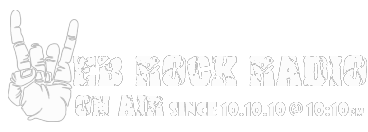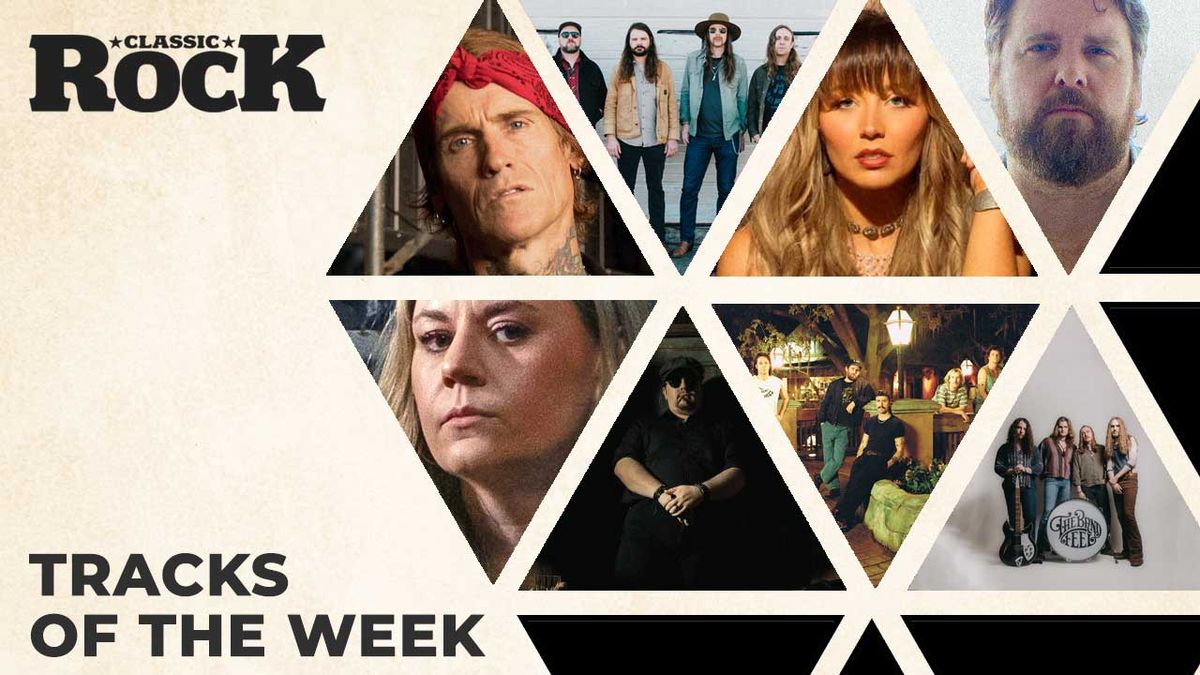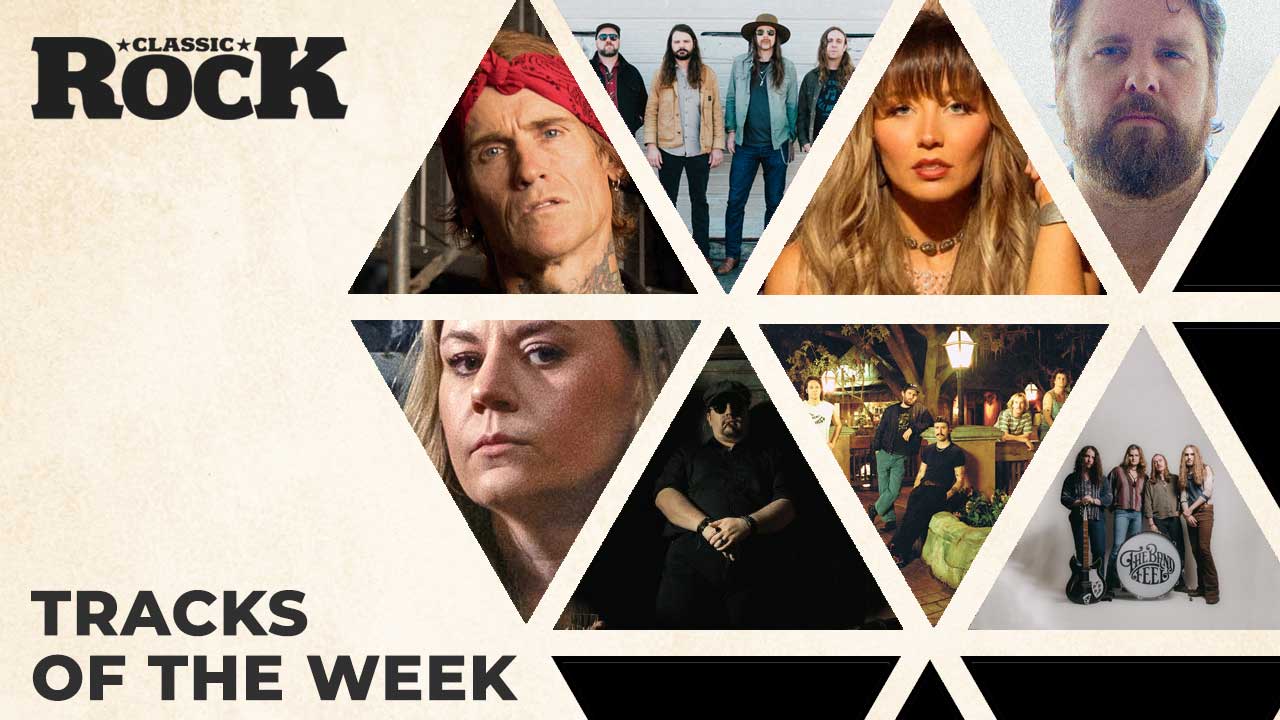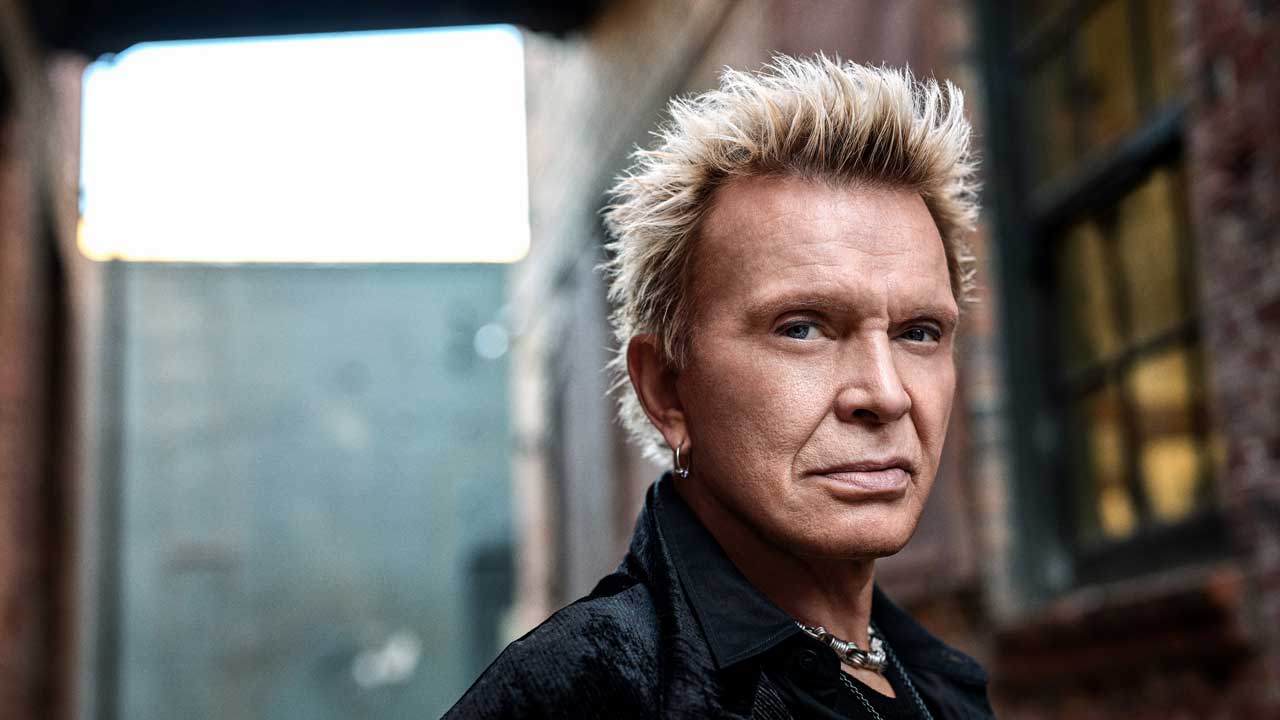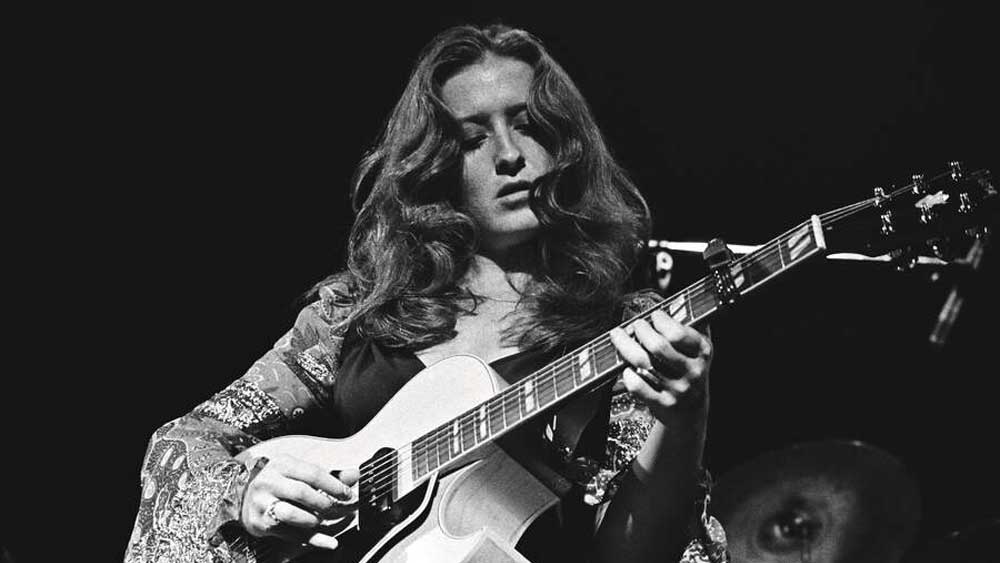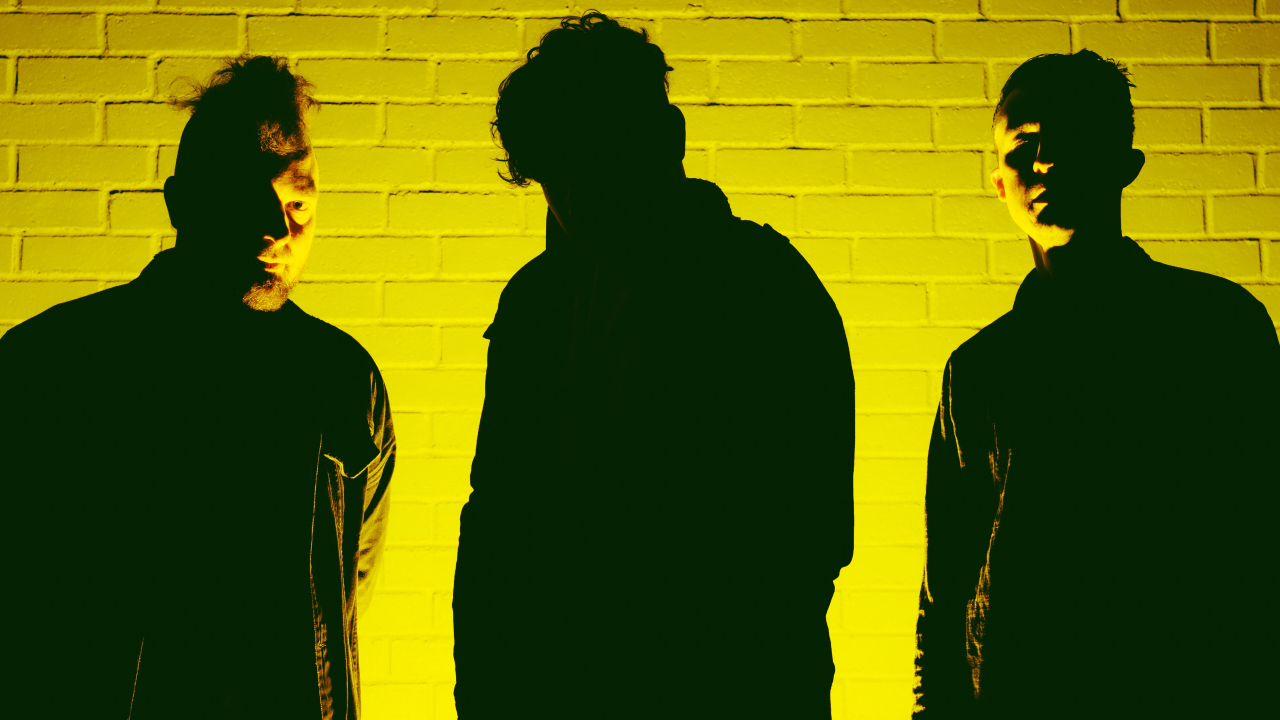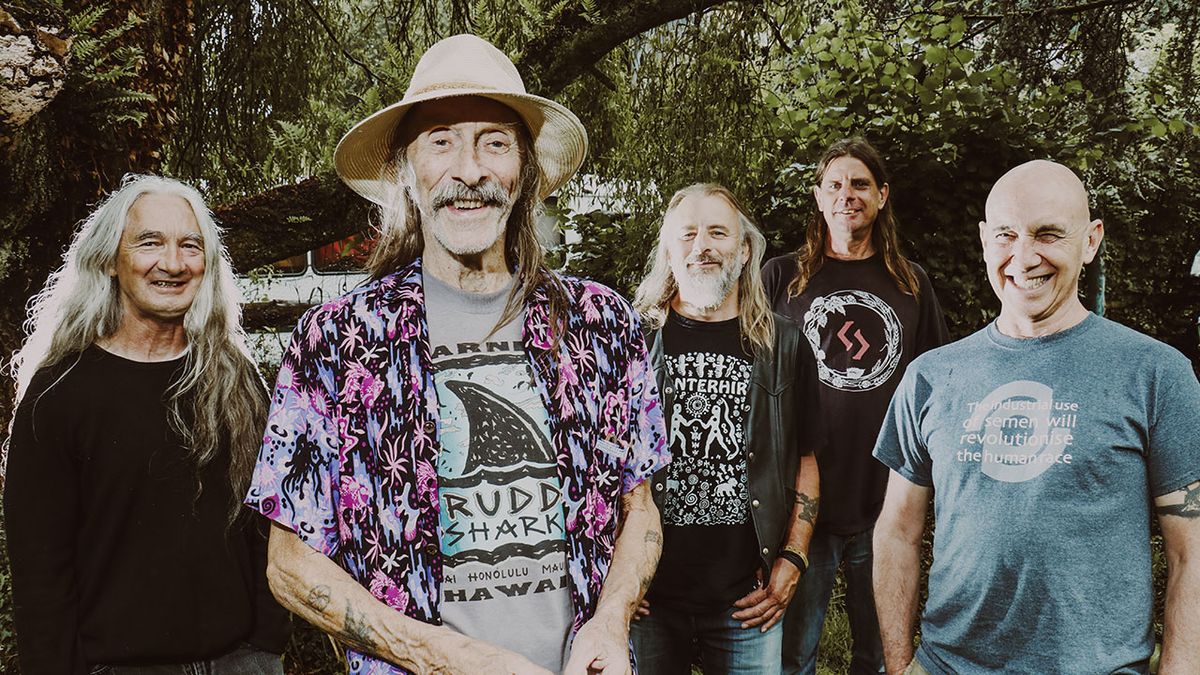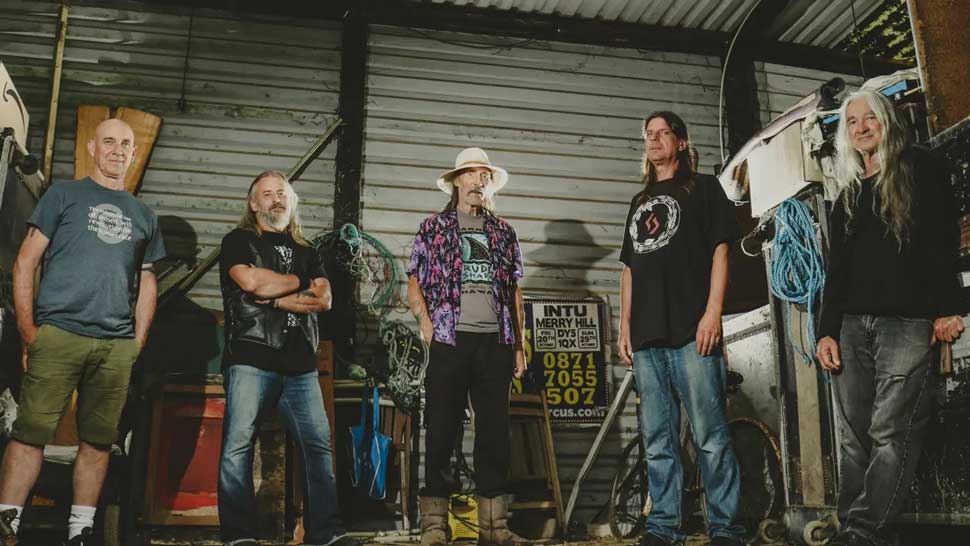“Chris Cornell was the first rock star to consume the contents of my stomach.” How Pearl Jam’s Eddie Vedder and Soundgarden’s Chris Cornell inspired the youth of America to drink vomit in the early ’90s
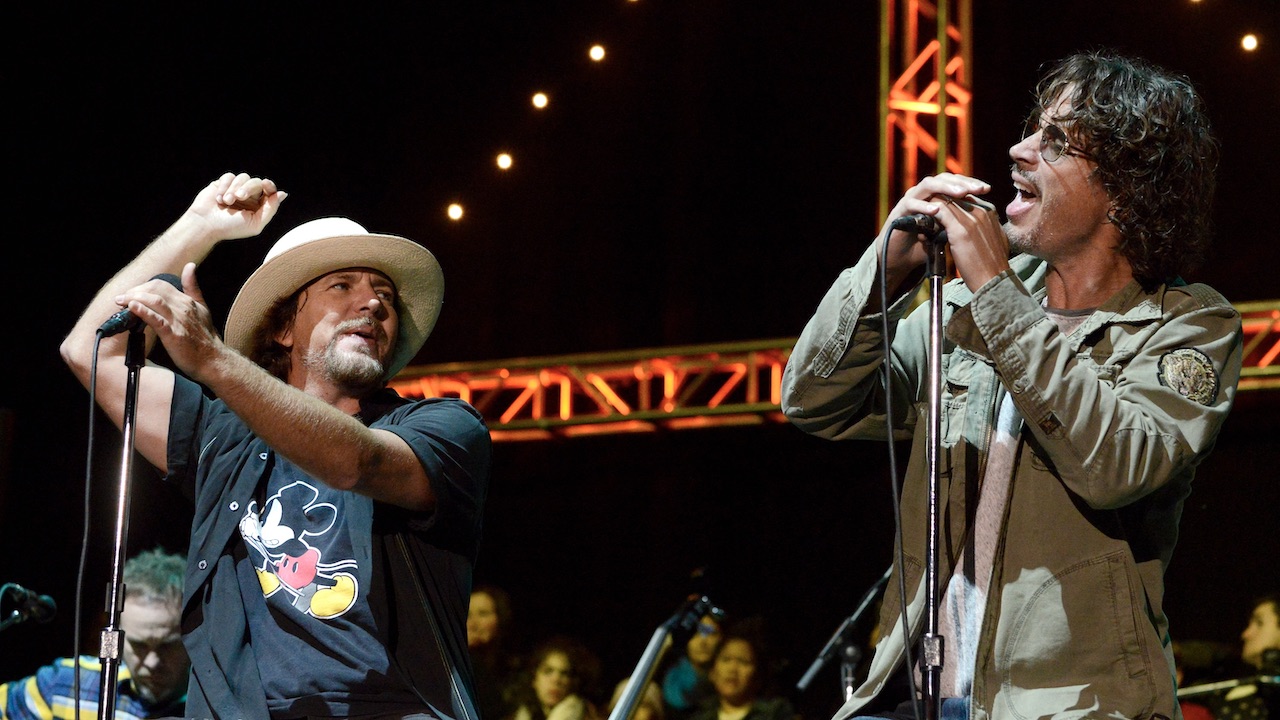
With a main stage line-up of Red Hot Chili Peppers, Pearl Jam, Ministry, Soundgarden, Ice Cube, The Jesus and Mary Chain and Lush, 1992’s Lollapalooza festival featured an even stronger bill than the inaugural event. But the most talked-about act on that summer’s roadshow wasn’t a main stage artist, or even a musician: instead it was The Jim Rose Circus Sideshow, an ‘alternative freakshow’, who made the most headlines… with a little help from their rock star pals.
Rose’s troupe included The Amazing Mr Lifto, who would suspend heavy weights from his nipples and penis, Slug The Sword Swallower, The Torture King and Bebe the Circus Queen, but it was Matt ‘The Tube’ Crowley, a former pharmacist from Montana, who became arguably the troupe’s most infamous performer.
Crowley’s act involved swallowing a seven foot length of soft plastic tubing, attached to a hand pump: Jim Rose would fill the pump with a mixture of liquids – beer, ketchup, eggs, chocolate syrup, whatever – pump it into Crowley’s stomach, and suck it back out again, then offer the gross mixture to an audience member to drink. And when rock stars – Red Hot Chili Peppers bassist Flea, MInistry’s Al Jourgensen, Soundgarden’s Chris Cornell and Pearl Jam’s Eddie Vedder among them – accepted that challenge, they unwittingly started a (mercifully brief) craze for vomit drinking among America’s youth.
“Chris Cornell was the first rock star to consume the contents of my stomach.” Crowley recalls in Lollapalooza: The Uncensored History of Alternative Rock’s Wildest Festival, an excellent new overview of the festival from writers Richard Bienstock and Tom Beaujour.
“Jim probably invited me to come up and do it,” recalls Soundgarden’s Kim Thayil. “And I said, ‘Nooooo’. And then he invited Chris up to do it, and Chris said, ‘Sure!’ And then Chris got Eddie [Vedder] to do it…”
“By that summer, Eddie was the biggest star in the world,” recalls Lollapalooza co-founder Don Muller. “And then he gets up there and drinks bile…”
According to Matt Crowley, Pearl Jam’s frontman swallowed his stomach bile a total of four times on the tour.
“Just looking for attention I guess,” Vedder explains in the book. “Every city there’d be some old friend, or my wife’s parents, and I’d get to gross everyone out.”
“Once Eddie shows up and does it, well, that makes it on MTV,” Jim Rose recalls. “Now when I offer it to the audience, fucking half the crowd comes up. They all want to drink vomit. And that was becoming a security problem. So I had to stop offering it. I mean, hell, one time they just basically knocked the stage over trying to get to our vomit! We started this whole thing where everybody’s trying to out do each other and be the freakiest they can be.”
The Jim Rose Circus Sideshow went on to join Nine Inch Nails. Marilyn Manson and Pop Will Eat Itself on NIN’s 1994 Self Destruct tour, one of the most infamously debauched tours in modern rock history.
No longer an ‘alternative’ music festival, Lollapalooza’s 2025 headliners include pop star Sabrina Carpenter, Olivia Rodrigo, country singer Luke Combs and Korn.
